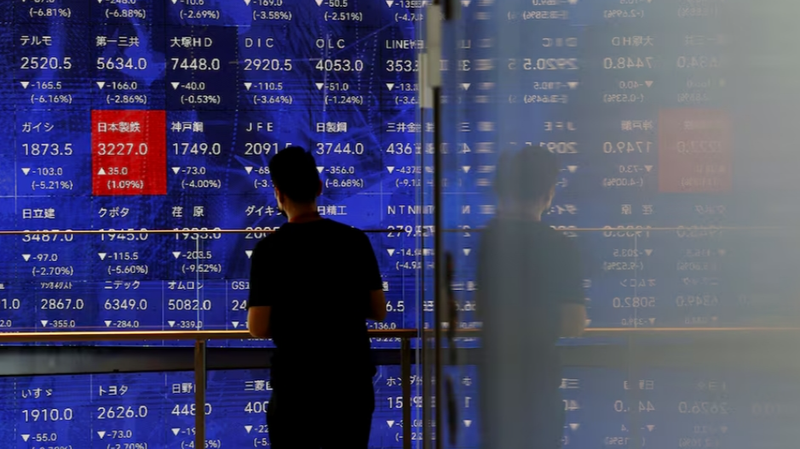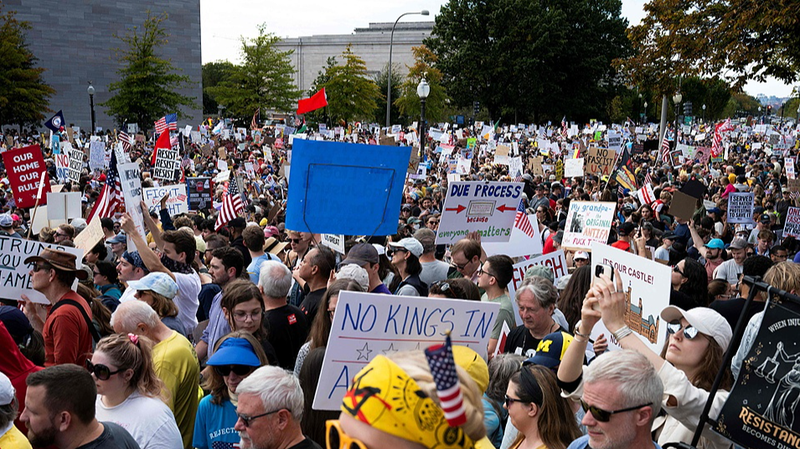In a dramatic turn of events, U.S. President Donald Trump unveiled a sweeping wall of tariffs that has rattled global markets. Investors scrambled to shift their assets to safer havens as the tech sector took a heavy blow. Manufacturing hubs in the Chinese mainland now face tariffs above 30 percent, pushing the overall levy on these imports to an astounding 54 percent.
Major tech names were hit hard, with Nasdaq futures tumbling 4 percent and market values of leading companies losing about $760 billion in after-hours trading. Apple, which relies significantly on production in the Chinese mainland, saw its shares fall nearly 7 percent. Citi's global rates trading strategist, Ben Wiltshire, noted that the effective tariff rate on U.S. imports appears to be the highest in over a century.
The new tariff measures extend beyond the Chinese mainland. Japan, Vietnam, South Korea, and the European Union are also facing steep levies—ranging from 20 to 46 percent—disrupting traditional trade lines and rattling international indices from Tokyo's Nikkei to European markets.
Investors quickly turned to safe-haven assets as bond yields dropped to a five-month low and gold soared past $3,160 an ounce. Oil prices also slumped, reflecting broader concerns over a slowdown in U.S. economic growth. "The tariffs are so comprehensive and so much larger than we expected," said Jeanette Gerratty, chief economist at wealth advisory Robertson Stephens in Menlo Park, California. "People were hoping clarity would boost confidence, but now no one likes what they see."
Analysts warn that while the clarity of these measures leaves little room for speculation, the aggressive tariff strategy poses significant risks to global trade and could lead to further shifts in market dynamics. As policymakers and industry leaders navigate these turbulent waters, the coming months are expected to reveal even deeper impacts on international commerce and economic stability.
Reference(s):
cgtn.com




